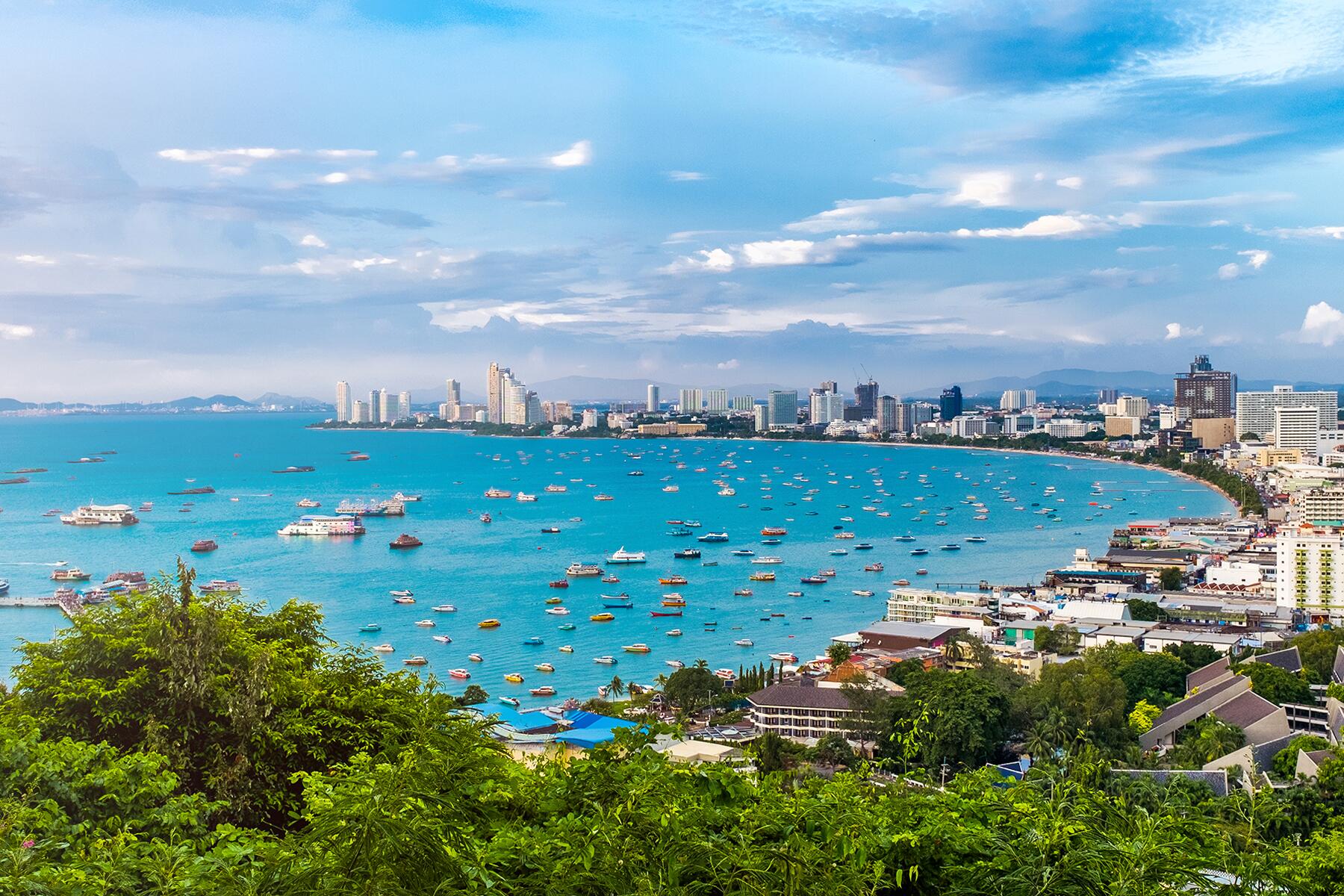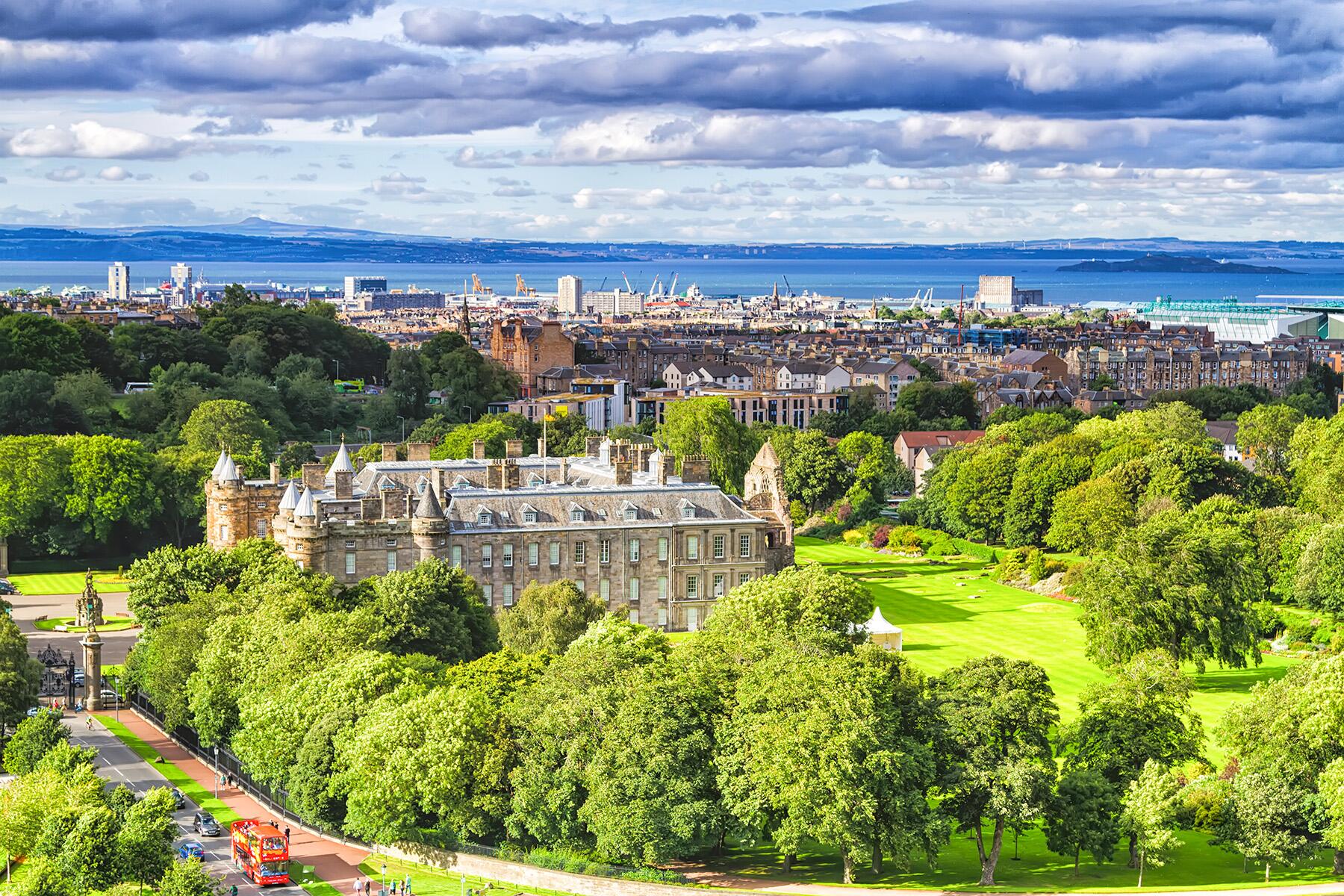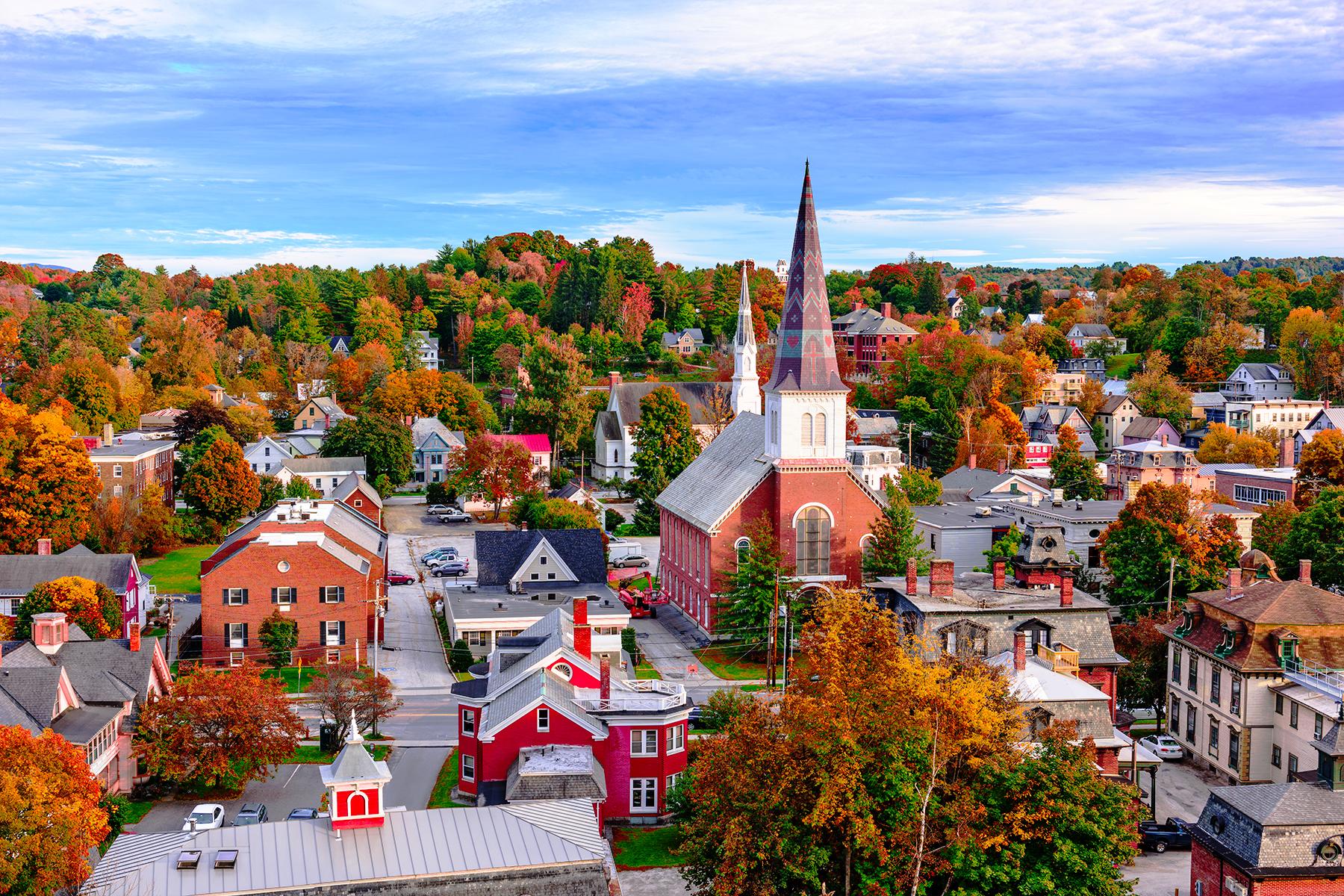- ⁄
- Travel News
- ⁄
- Family •
- News
Check out the best ways to experience the history that shaped this nation.
Yes, New England has plenty of sites showcasing Colonial settlers, Enlightenment thinkers, and Revolutionary War heroes. But the region’s contributions to American history stretch well beyond its revolutionary past. These 10 sites take you on a journey across both the region and time–from the advent of the Republic to the Gilded Age and beyond. It’s a trip filled with the tales of many an ingenious Yankee.
Top Picks for You
Portland Head Light
WHERE: Cape Elizabeth, Maine
In any season, the 80-foot Portland Head Light, 5 miles southeast of historic Portland, is one of New England’s most picturesque lighthouses, inspiring poets (Henry Wadsworth Longfellow) and painters (Edward Hopper) alike. Though the tower itself wasn’t built till 1791–under the auspices of President George Washington and Treasury Secretary Alexander Hamilton–lookouts were first posted here in 1776 to watch for British vessels in Casco Bay.
Renovations in the 1800s increased the tower’s height, replaced whale-oil lamps with Fresnel lenses, and added a keeper’s cottage. The second keeper’s quarters (operational 1891-1989) today houses a seasonally open museum and gift shop. Surrounding Fort William Park, site of an army fort between 1872 and 1964, is open year-round.
Maine Maritime Museum
WHERE: Bath, Maine
Maine’s maritime layers unfold in engaging ways at the Maine Maritime Museum on the Kennebec River. Permanent exhibits cover it all: from building wooden schooners to Bath Iron Works’ role in building the nation’s navy; from merchant marines and the world’s spice trade to lobstermen and their local quarry.
A collection of more than 100 small wooden craft includes a birch-bark canoe; a shipbuilding workshop shows you how it’s done. Changing exhibits drawing from popular culture or fine art provide nuanced nautical insight. In warmer months, board the 1906 schooner, the Mary E., for sails with docents, or book other vessels to explore the Kennebec’s nature and lighthouses.
Recommended Fodor’s Video
Strawbery Banke
WHERE: Portsmouth, NH
Just across the Piscataqua River from Kittery, Maine, is Portsmouth, a stunning harbor town founded in 1630. America’s first naval commander, John Paul Jones, once lived here; Paul Revere road in here one day—for the same reason as, but four months before, his more famous midnight Massachusetts ride! The small city’s charming streets are lined with Colonial and Federal structures, many containing boutiques, restaurants, and pubs.
Here, though, your walk through almost 400 years of history wouldn’t be complete without a visit to downtown’s seasonally open, 10-acre Strawbery Banke living-history complex. Docents in period garb portray tavern keepers, merchants, artisans, and other everyday folk going about their business amid more than 35 structures dating from the 17th to 20th centuries.
Freedom Trail
WHERE: Boston, Massachusetts
Following the iconic, red-lined, 2.5-mile Freedom Trail to 16 historical sites is a rite of passage for New Englanders and visitors alike. Highlights include the Old South Meeting House, where the Sons of Liberty organized their Tea Party; Boston Massacre Site; Old State House, where the Declaration of Independence was first read; Faneuil Hall, a forum and market since 1741; Paul Revere House; and Old North Church, where those two fateful lanterns were hung. Across the Charles River in Charlestown are the USS Constitution (aka Old Ironsides)—a still-commissioned warship that earned its proud nickname in the War of 1812—and its museum as well the Bunker Hill Monument.
If you explore the trail independently (perhaps with the Smartphone app) and want to see everything, plan on a full day. For shorter outings, book one of the guided Freedom Trail Foundation (fee) or National Park Service (free and seasonal) tours; tickets are available at the Boston Common and Faneuil Hall visitor centers.
Shelburne Museum
WHERE: Shelburne, Vermont
Nothing says “Vermont” like a big red barn, and the Champlain Valley’s Shelburne Museum just south of Burlington has two really big, really red barns—one round, the other horse-shoe shaped. Both contain some 200 horse-drawn vehicles, from rustic wagons and sleighs to stately coaches. And that’s just one of the collections in just two of the many historic structures, which include a general store, blacksmith shop, jail, rail station, schoolhouse, lighthouse, and residences. There’s even an old Lake Champlain steamship!
American fine, folk, and decorative art, as well as vintage toys, hats, decoys, and firearms, take you through the cultural history of Vermont, New England, and the nation. Impressionist paintings transport you to late-1800s Europe. The vintage carousel and the Circus Building’s miniature circus-parade figurines satisfy your inner child.
Mystic Seaport Museum
WHERE: Mystic, Connecticut
You might just hear a sea shanty while wandering amid the 40-odd 19th-century buildings of the waterside the Mystic Seaport Museum’s Seaport Village. You’ll definitely hear one aboard the museum’s many sloops, schooners, tugboats, and other historic vessels open for tours, sails, and hands-on maritime experiences. Permanent and changing exhibits have intriguing seafaring themes; the working shipyard was entrusted to refurbish Plimoth Plantation’s Mayflower II (2018–19).
Don’t miss the Charles W. Morgan, an 1841 whaling ship that was restored and then sailed to several New England ports in 2013. Wander gardens planted with heirloom flowers. Learn to navigate like a true mariner at the planetarium. The year-round calendar here is also full of activities, from model yacht regattas to blacksmithing or printmaking classes. October sees a Chowder Days festival; December sees holiday Lantern Light Tours authentic enough to make Charles Dickens feel at home.
Mark Twain House and Museum
WHERE: Hartford, Connecticut
The redbrick, Gothic Revival exterior of the Mark Twain House, in Hartford’s Nook Farm neighborhood, is daunting. Inside, though, docents highlight elegant, poignant, and humorous details—reminders that this was a much-loved home. Twain (aka Samuel Clemens) and his family lived here between 1874 and 1891, when he penned such classics as The Adventures of Tom Sawyer and, of course, A Connecticut Yankee in King Arthur’s Court. Exhibits in the on-site museum showcase how the writer kept his wits (and wit!) through the ups and downs of a storied life.
Plan on a half day to tour the Twain property. Or make a full literary day of it with a visit to the neighboring Harriet Beecher Stowe Center (combo tickets available). When the writer and abolitionist moved here with her family in 1873, she was already world-renowned thanks to her 1852 novel, Uncle Tom’s Cabin. All told, Beecher wrote 30 books; Clemens an estimated 25.
Plimoth Plantation
WHERE: Plymouth, Massachusetts
What will you see at Plimoth Plantation, 43 miles southeast of Boston? A bayside English Village of tidily arranged thatched-roofed houses where role players—portraying actual 1620s Plymouth Colony settlers—tend herb gardens, work fields, labor in a gristmill, and otherwise attend to 17th-century life. You’ll also see a longhouse where Native Americans cook over fire pits, tan hides, and otherwise showcase early Wampanoag culture.
INSIDER TIPIf the Mayflower II is out of drydock (in Mystic, CT, till 2019), you can see a replica of the square-rigged merchant ship that carried the Pilgrims to the New World. What won’t you see? Plymouth Rock itself. It’s memorialized in modern-day Plymouth, 3 miles northwest.
Cliff Walk
WHERE: Newport, Rhode Island
The lesson at Cliff Walk is: one millionaire’s mansion is another millionaire’s cottage, which is what the Gilded Age elite called their stately summer homes lining Newport’s rugged shore. The 3.5-mile trail is hair-raising in spots, and the amazing views along either side are distracting, so wander with care.
Or spend a day touring some of the 10 cottages open to the public under the purview of the Preservation Society of Newport County. Highlights include railroad-empire heir Cornelius Vanderbilt II’s Italian Palazzo–style The Breakers; Rosecliff, modeled on a Versailles garden retreat and commissioned by Nevada silver heiress, Theresa “Tessie” Fair Oelrichs; and The Elms, a French Chateau–style confection paid for by money that Edward Julius Berwind made in the coal industry.
Lexington and Concord
WHERE: Massachusetts
Two towns just 17 miles and a day trip inland from Boston are packed with history that embodies the American spirit. The long, narrow Minute Man National Historic Park, site of the first official Revolutionary War battles, is bookended by visitor centers in Lincoln, just outside Lexington, and Concord. Along and off Route 2A through the park are several sites and trails that, along with numerous ranger programs, interpret the events of April 19, 1775 and the preceding “shot heard round the world.”
If that famous phrase resonates, linger in Concord to visit the Ralph Waldo Emerson House. It was, after all, this great writer and American Transcendentalist thinker who coined it in his 1847 poem, “Concord Hymn.” Emerson’s protégé, Henry David Thoreau, was born in Concord; channel his aesthetic at either or Waldon Pond. Also in Concord, Orchard House is was where the beloved Louisa May Alcott wrote her equally beloved 1868 classic, Little Women.




